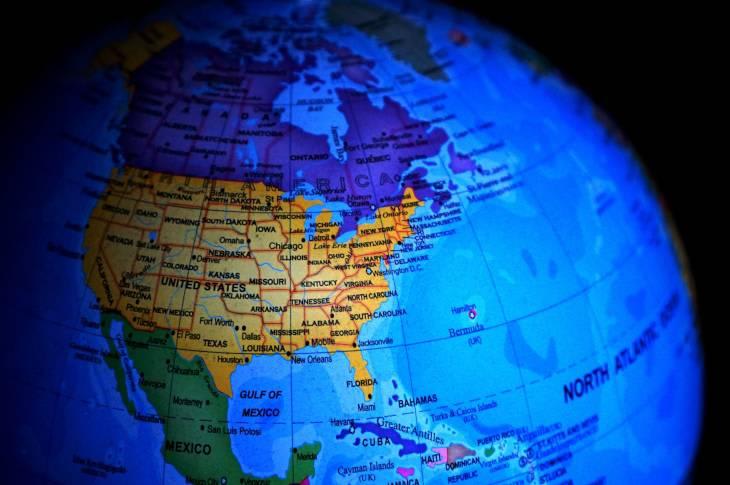[ad_1]
Goldman Sachs’ latest economic outlook forecasts global GDP growth of 2.7 percent in 2025, with the U.S. leading developed markets.
Namely, US gross domestic product (GDP) is forecast to grow by 2.5% in 2025, well above the consensus of 1.9%, while the eurozone economy is expected to grow by just 0.8%.
According to the wealth management firm, the expansion in the US will be fueled by expected tax cuts, regulatory reforms and a significant acceleration in labor productivity. Goldman Sachs notes that the US has already shown a stronger-than-expected growth trajectory, which is expected to continue for a third consecutive year.
==
==
While trade tensions, particularly with China, pose risks, the firm said the overall economic impact is expected to be limited.
Goldman Sachs predicted that any tariffs would have little effect on U.S. GDP, potentially reducing growth by 0.2 percent next year. Indeed, it notes that while the US still faces inflationary pressures from higher tariffs, the overall outlook remains upbeat due to declining inflation rates and easing financial conditions.
"The biggest risk is a high across-the-board tariff, which is likely to hit growth hard," said Jan Hatzius, head of global investment research and chief economist at Goldman Sachs.
"Assuming the trade war does not escalate further, we expect positive impulses from tax cuts, a more favorable regulatory environment and improved business sentiment to dominate 2026," Hatsius added.
The economist expects the effects of these trade policies to be more pronounced in other economies, particularly in the Eurozone and China.
Namely, Goldman Sachs has already revised down its growth forecast for the eurozone, citing the ripple effects of trade policy uncertainty and tariffs, which could reduce its GDP by nearly 1% if trade policy uncertainty rises to peak levels of trade conflicts observed in 2018–19.
"Our economists have cut their growth forecast for the euro area in 2025. after the US election results by 0.5 percentage points [fourth quarter over fourth quarter] and will likely reduce it further if the US imposes a comprehensive tariff,” the investment firm said.
China, the world's second-largest economy, is also expected to grow more slowly at 4.5 percent as it grapples with the impact of higher tariffs on exports.
Similarly, other countries are expected to be hit by US trade policy, according to Goldman Sachs Research, with a bigger slowdown expected to occur in more trade-exposed economies.
However, Hatzius said: "Barring a broader trade war, policy changes in the second Trump administration are unlikely to change the broad contours of our global economic views."
The wealth management firm also noted that the global outlook was supported by the dramatic decline in inflation over the past two years, supporting real income growth and easing pressure on central banks to keep interest rates high.
With inflation cooling, Goldman Sachs Research expects the US Federal Reserve to cut its key interest rate to 3.25-3.5 percent with successive cuts in the first quarter and a slowdown thereafter.
Meanwhile, the European Central Bank is expected to cut its key interest rate to a final rate of 1.75 percent.
"Our economists find that there is also significant scope for policy easing in emerging markets," it said.
[ad_2]





